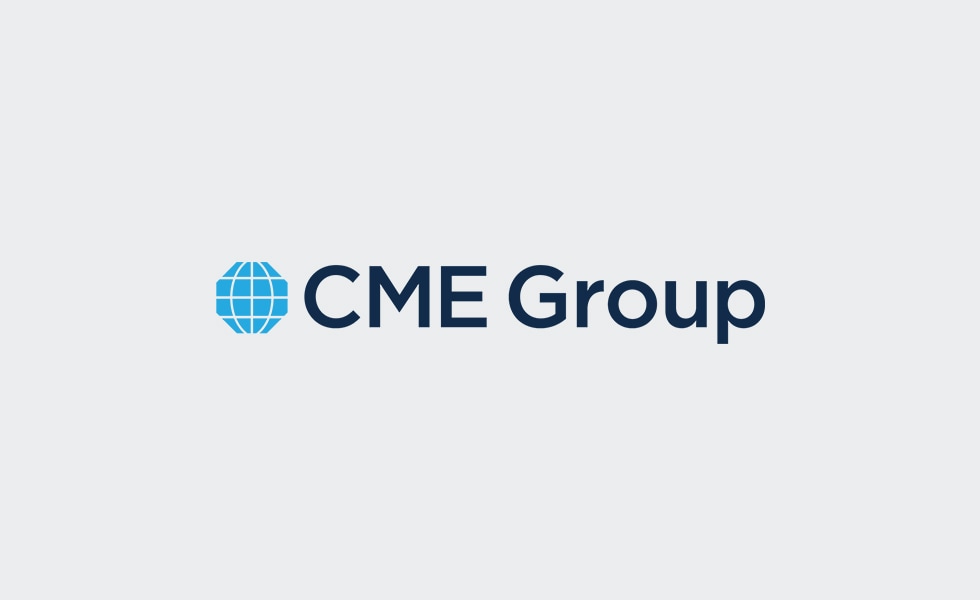
In the world of equities, the conflict is between optimism about reopening economies around the globe relative to the growing pessimism about the downsizing and cutbacks in many large companies due to their financial distress amid expected weak demand for a long time due to the impaired incomes of consumers. The dimension of the conflict in the narratives can be observed through the lens of our Market Sentiment Meter, which shows strong asymmetry in the equity risk distribution. There is a tilt to the optimistic side, yet a long tail on the pessimistic side, indicating that low probability worse cases are considered possible.
In the oil market, we have one narrative around supply being cut back by OPEC, Russia, and US shale producers as they stop drilling new wells. Nevertheless, at least in this temporary transition phase at the weakest point in transportation fuel demand, storage capacity is at a premium. This has led to a steep contango. The nearby contract for WTI futures is $11.5/barrel, the next contract month is $18, and a year out we are at $30. The maturity curve reflects the conflicts in the near-term and longer-term outlooks. As the price of oil has declined, the state of the oil market has shifted to an “Anxious” mode, as shown by our Market Sentiment Meter, with important asymmetry to the downside.
Gold is also in an interesting and conflicted place. With short-term interest rates from the major central banks likely to stay near zero for a very long time, this narrative benefits gold, which bears no interest yet has no competition from short-term rates. There is also the narrative that in the long run, possibly very long run, the massive expansion of budget deficits and central bank assets sets up a scenario for serious inflation emerging once economies have been rebuilt and return to a steady-state equilibrium. The relatively pessimistic narrative that appears to be in the making, and not yet confirmed, is the potential for price declines over the next six to nine months as unemployment hits extremely high levels before starting to work its way down. Despite the likelihood of shortages and price rises in selective products, our perspective is that we will be in a general, net consumer price decline environment for the rest of 2020 and into 2021, at least until unemployment retreats substantially.
Read original article: https://cattlemensharrison.com/conflicting-narratives/
By: CME Group
